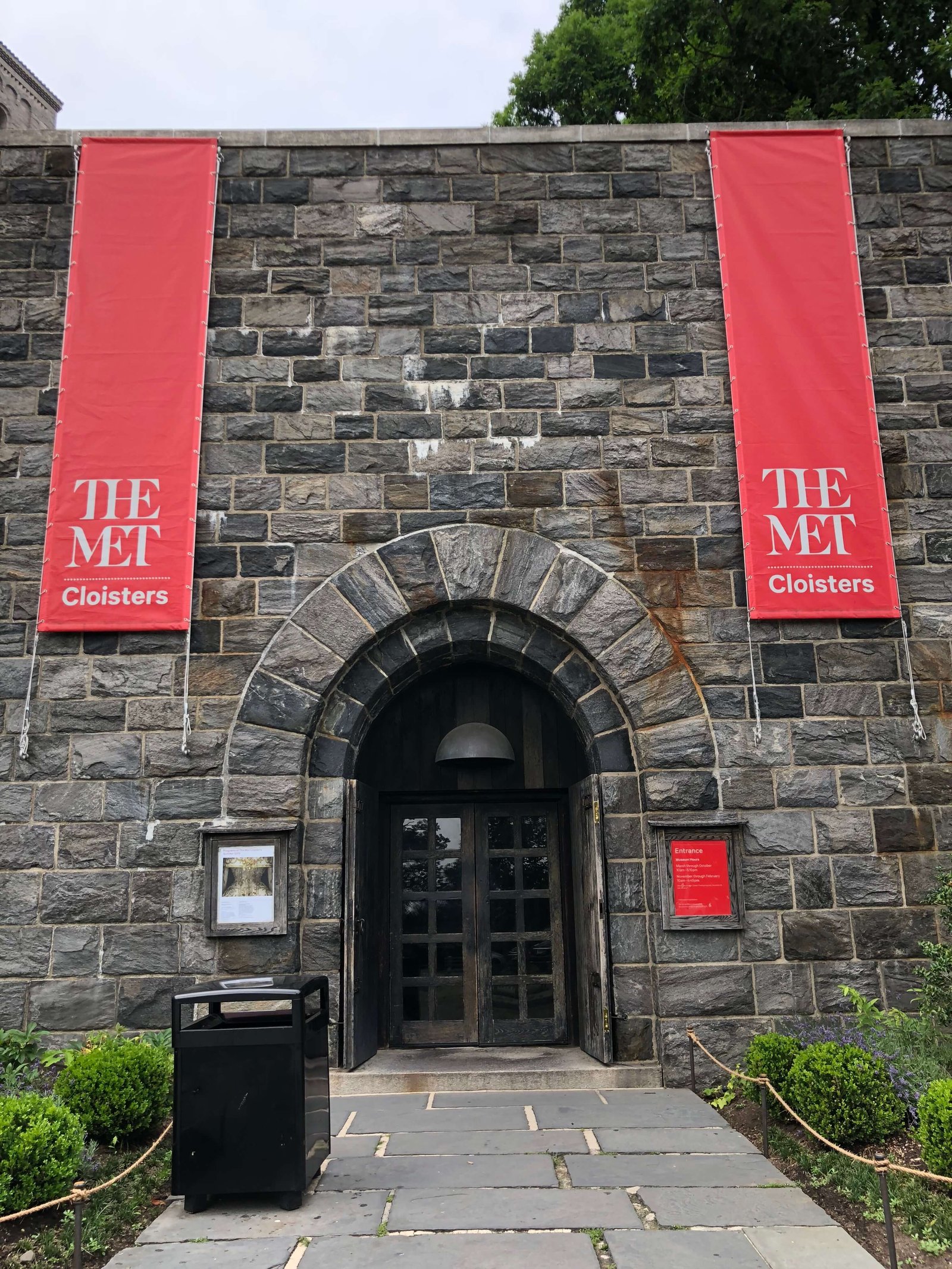
The Cloisters is a museum of medieval art, but I think it’s more than that. To me, it’s also a sort of medieval fantasy land (in a good way). The museum building is neo-medieval structure that incorporates genuine pieces of Romanesque and Gothic architecture within it. Doors, columns, arches, painted ceilings, carved decorations, and stained glass from medieval France, England, Germany, Spain, and the Netherlands are installed throughout the building. Most of them were salvaged from ruined and to-be-demolished buildings. There’s a fuzzy line between the collection and the museum that houses it, and this makes for a very cool experience. It is definitely the closest you can get to experiencing a genuine medieval place in the United States. Spending time there is a little like being transported to another time and place. I called the Frick Collection “an oasis in New York City” the other day, but that description would fit almost as well here.
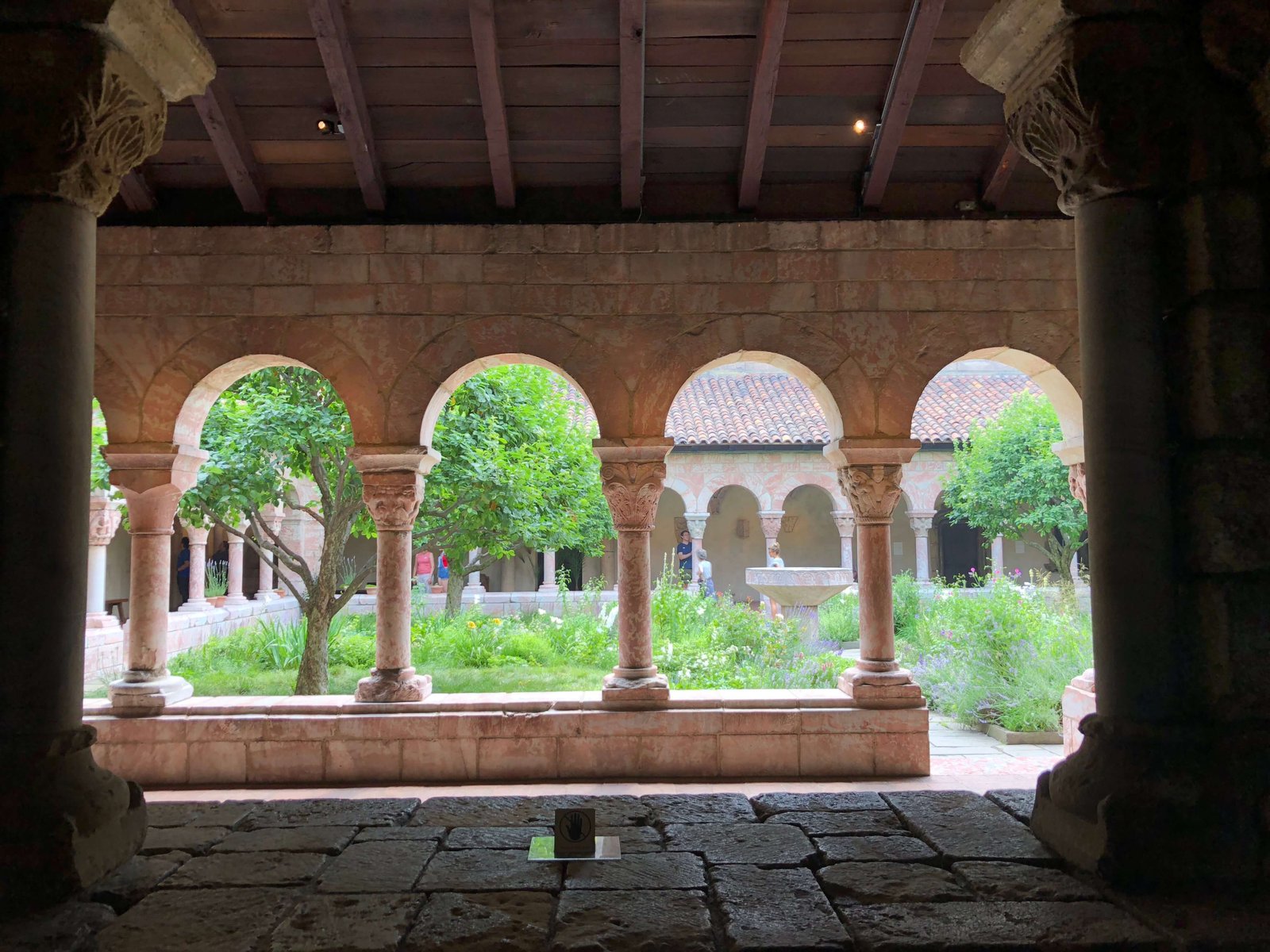
Hey everybody! I’m just reminding you that everything in a museum is subject to change – exhibitions, artworks on display, opening times, and prices. I can only tell you what the museum was like the last time I was there, which might not stay the same. It’s not only that exhibitions change and prices increase; I’ve revisited museums and found their fundamental personalities to be really different from my last visit (or that half their galleries are closed for renovation). I know how sad a disappointing museum visit can be, so I’m reminding you to check everything out on the museum’s website ahead of time.
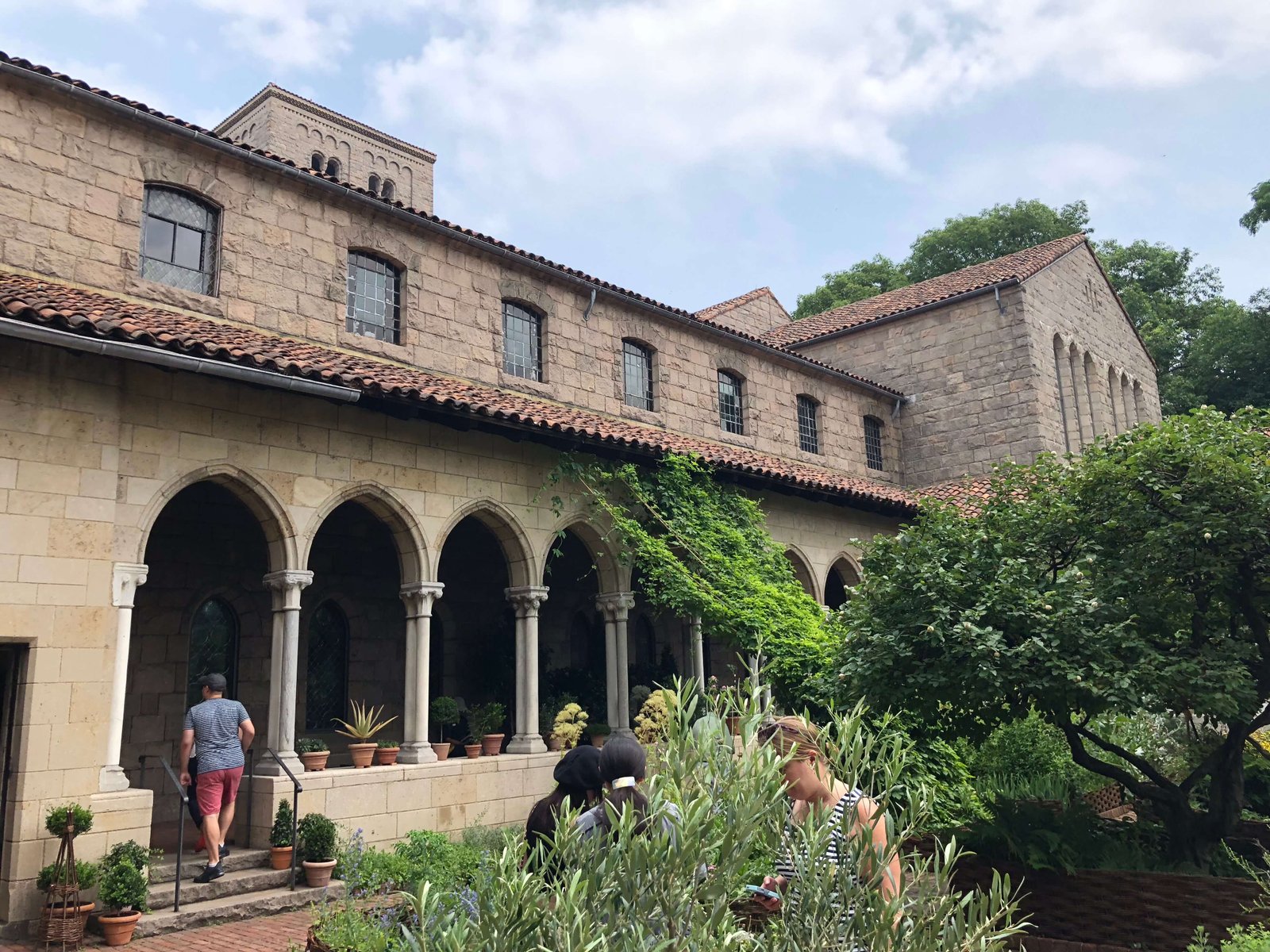
Among the highlights, at least for me, are the four cloisters and three church apses that have been completely reconstructed in the museum. While being inside one of these cloisters or chapels is definitely not the same as being in an actual French or Spanish church or monastery, it can feel surprisingly close. Wall labels tell you exactly what’s original and what’s a reproduction. It can be hard to know which is which at first glance, but I eventually realized the key is to distinguish between the worn medieval stones and the smooth twentieth-century ones.
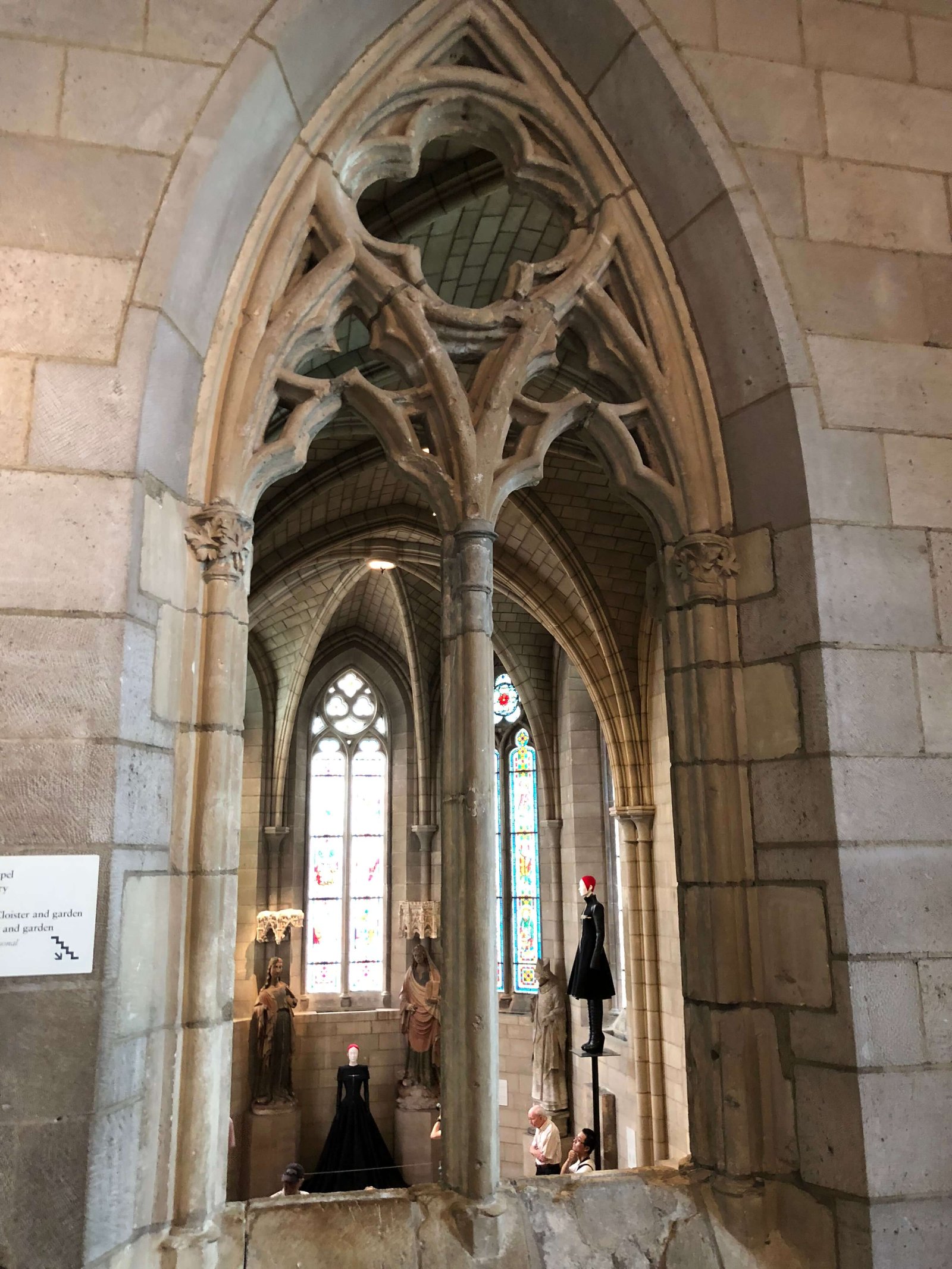
The Cloisters contains all sorts of cool medieval treasures from life-sized tomb effigies of French knights to tiny carved religious scenes not much bigger than a walnut. There are scores of carved and painted animals, many of which look charmingly strange to modern eyes, and grotesques around every corner. Almost all the windows include pieces of beautiful medieval stained glass. You can walk through real Gothic doors and portals and look from gallery to gallery through original medieval tracery.
The famous Unicorn Tapestries live here, as do two of the world’s most famous illuminated manuscripts, the Hours of Jeanne d’Evreux and the Belles Heures of the Duc de Berry. The latter was the manuscript that got me interested in illuminated manuscripts in the first place. Even more significantly, the Cloisters owns the Merode Altarpiece, a Northern European religious triptych by Robert Campin that is cover-of-your-art-history-textbook level important.
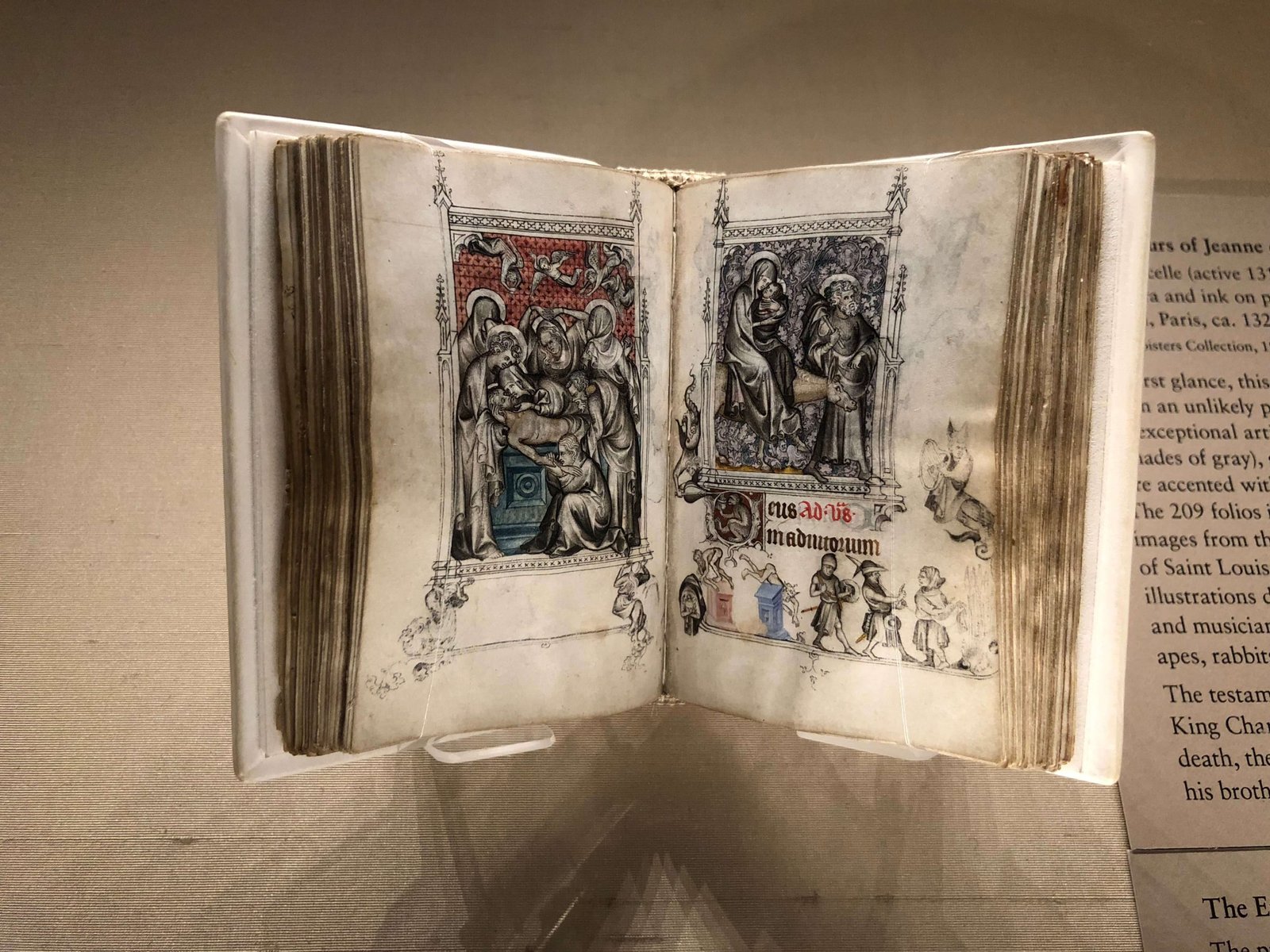
Right now, the Cloisters is hosting one portion of Heavenly Bodies: Fashion and the Catholic Imagination, the Met Costume Institute’s annual fashion exhibition. Costume Institute shows are always big blockbusters. Heavenly Bodies features designs that are related to and inspired by the Catholic tradition. They’re all by big-name designers like Valentino and Alexander McQueen. I believe this is the first time that the Cloisters has been part of something like this. The clothing appears on mannequins scattered throughout the exhibition spaces, like an installation piece. Some of the arrangements are quite striking, and they gave me an interesting new perspective the museum. Read all about the full Heavenly Bodies exhibition here.
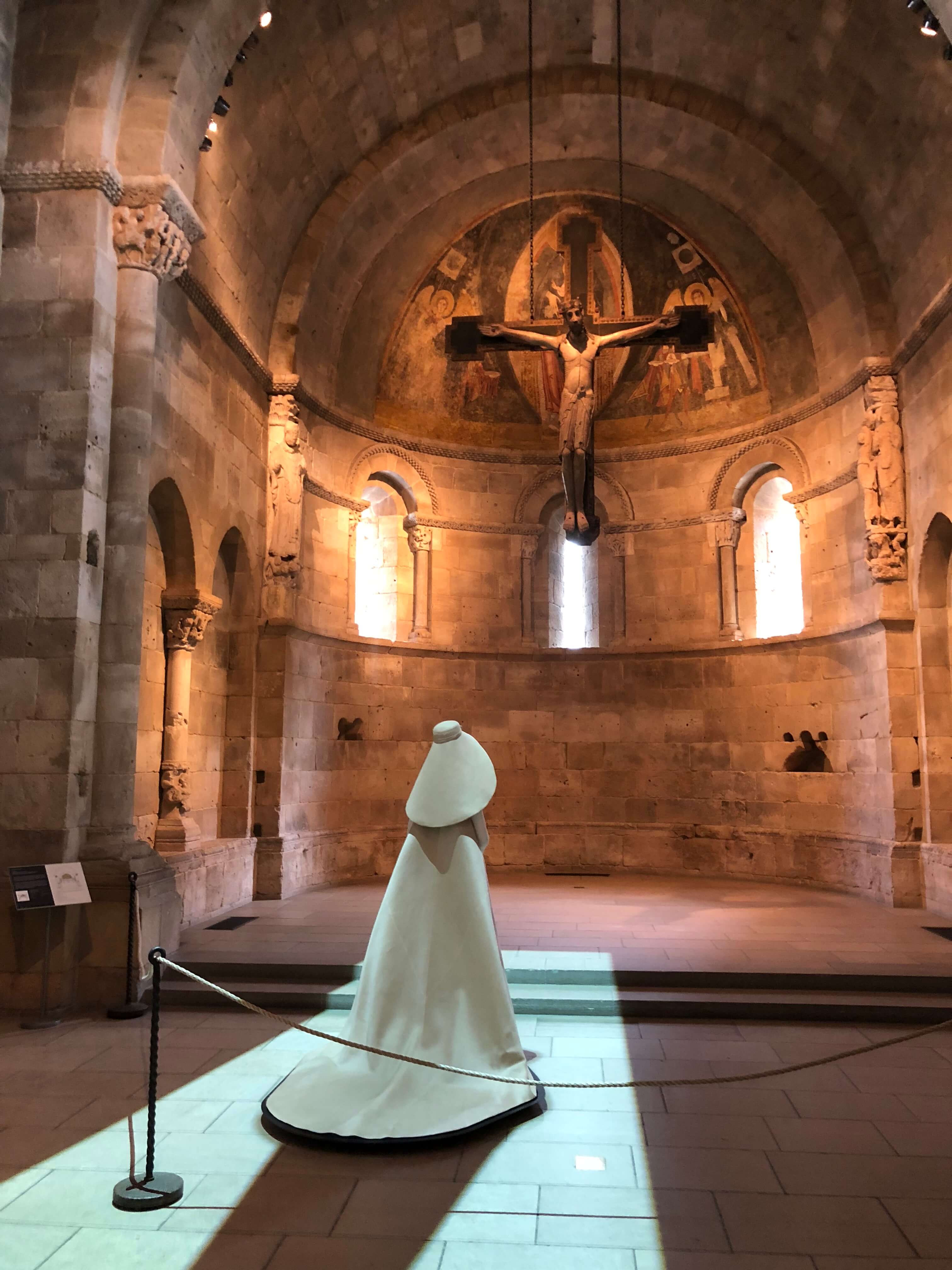
The Cloisters is a good size for an afternoon visit. There’s enough to keep you busy for a few hours, but not so much that you’ll get overwhelmed. Look at the weather before you go, since three of the four cloisters are open to the air. You’ll want to go outside and walk around in them. You can see some of them through the glass, but it wouldn’t be the same. One of the cloisters contains a gardens growing the same plants that probably would have grown in a real medieval monastery. Another cloister has a little café set up during the warmer months. There’s also a terrace with spectacular views of the Hudson.
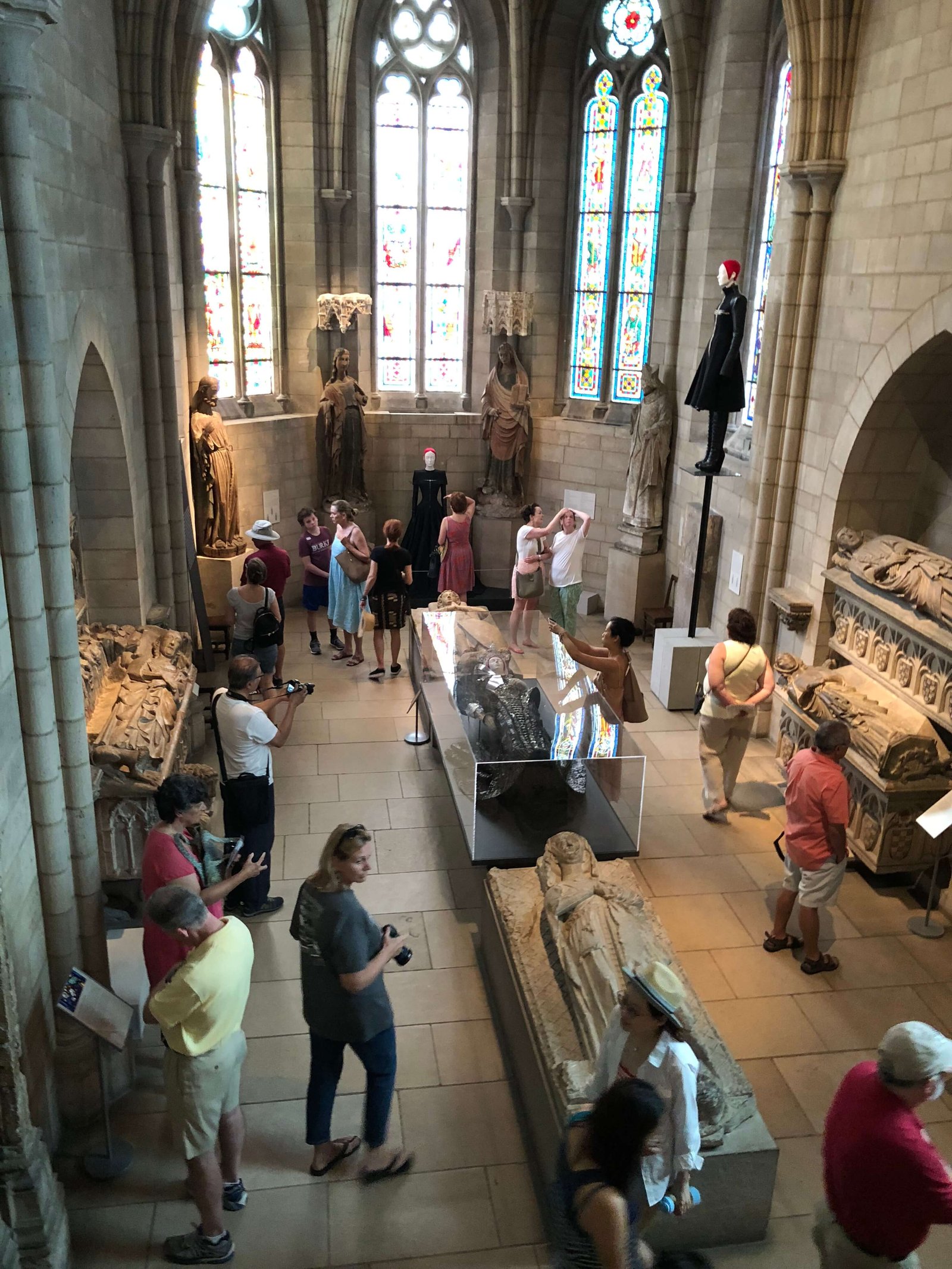
The Cloisters is located in Fort Tryon Park, which is a pretty cool area of Manhattan. It is open every day of the week, but hours vary depending on the season. Click here to find out more about visiting. Heavenly Bodies: Fashion and the Catholic Imagination will be there and also at the Met Fifth Avenue through October 8, 2018.
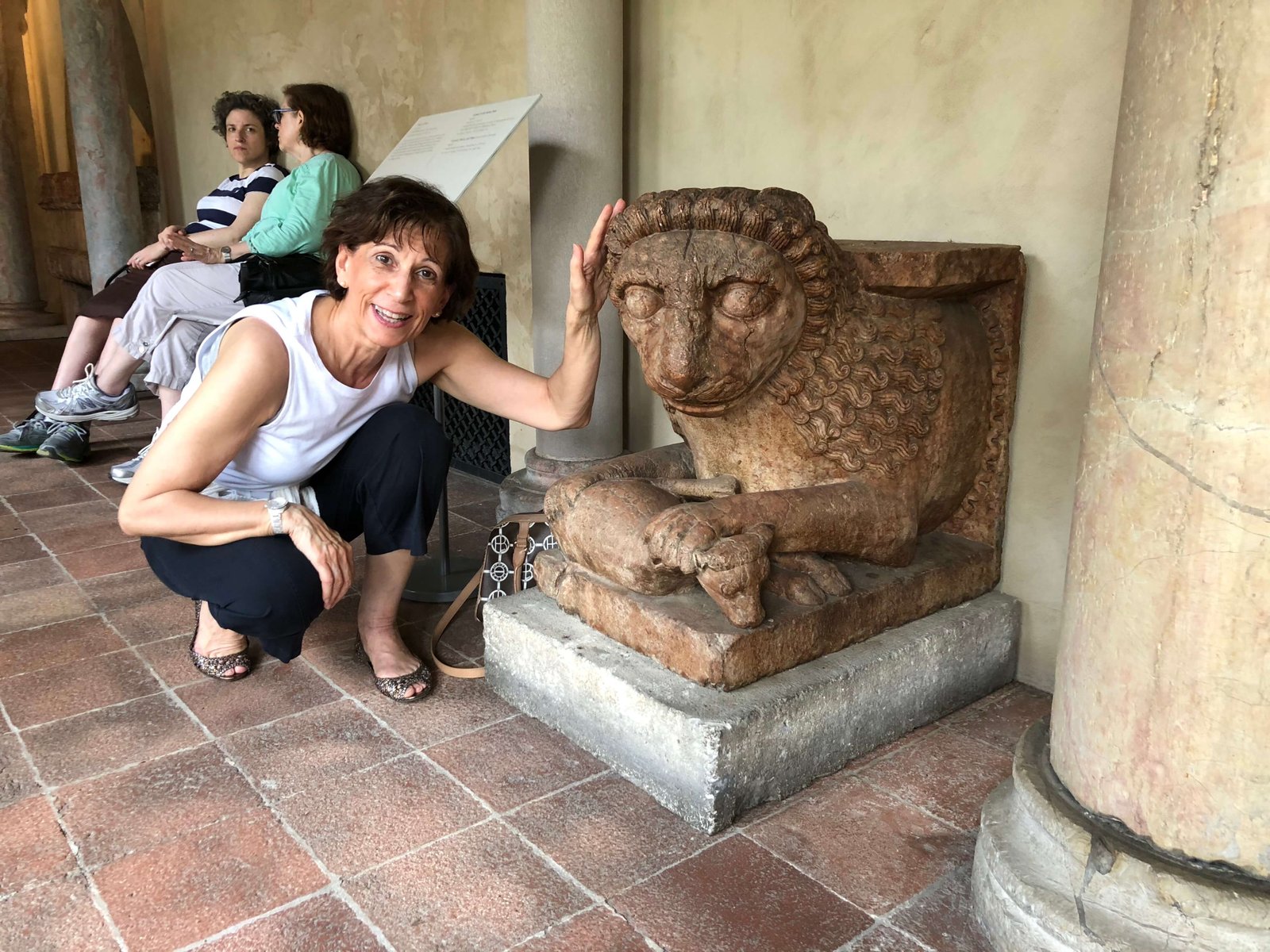
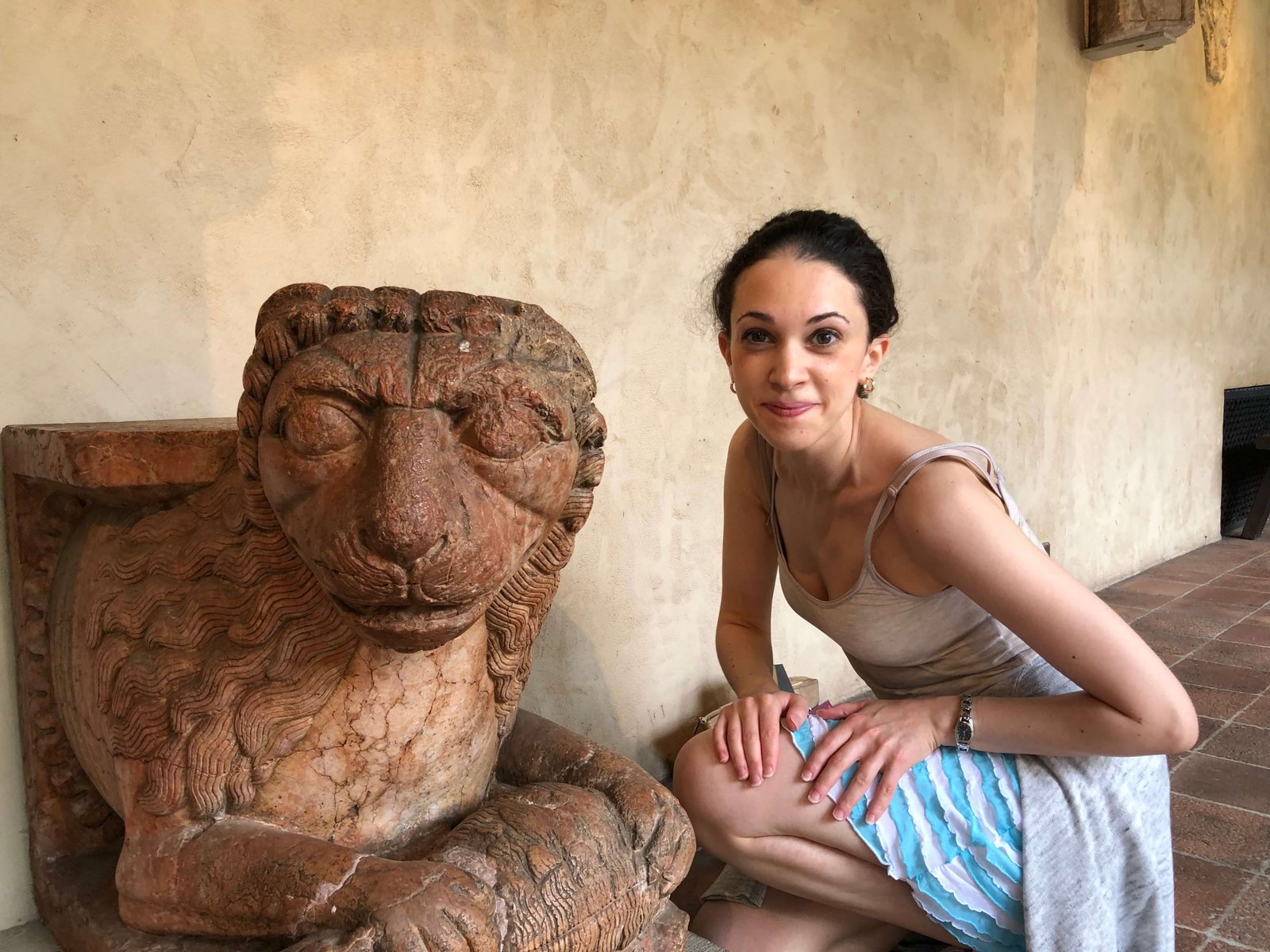
My mom and I liked these funny lion statues. Most medieval artists had never seen a real lion, so they had all sorts of strange ideas about what these animals might look like.


